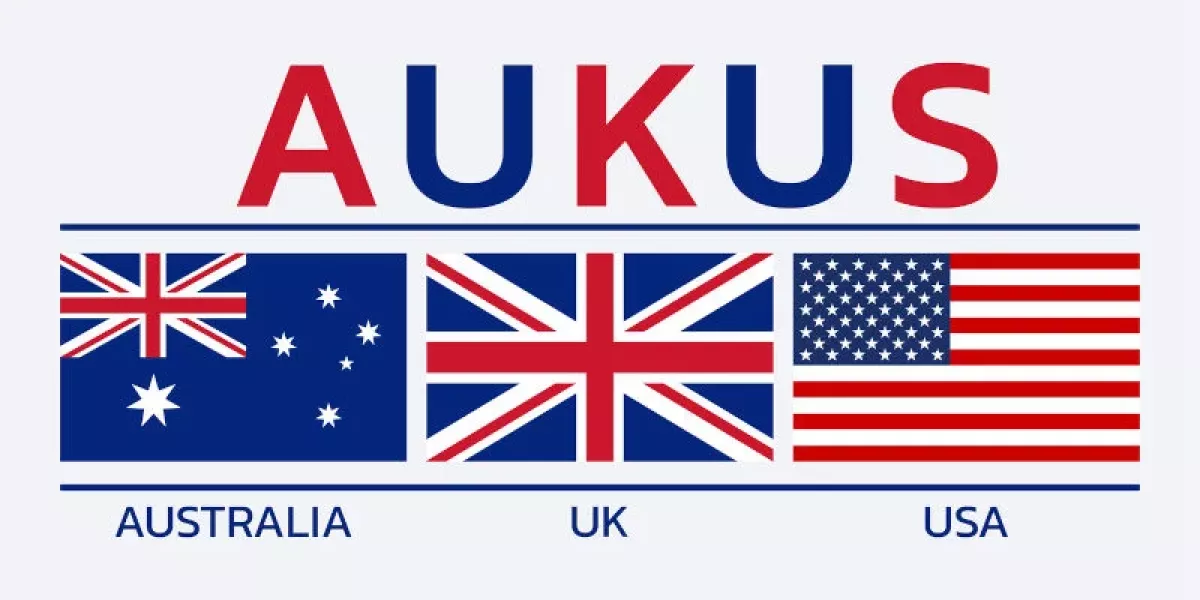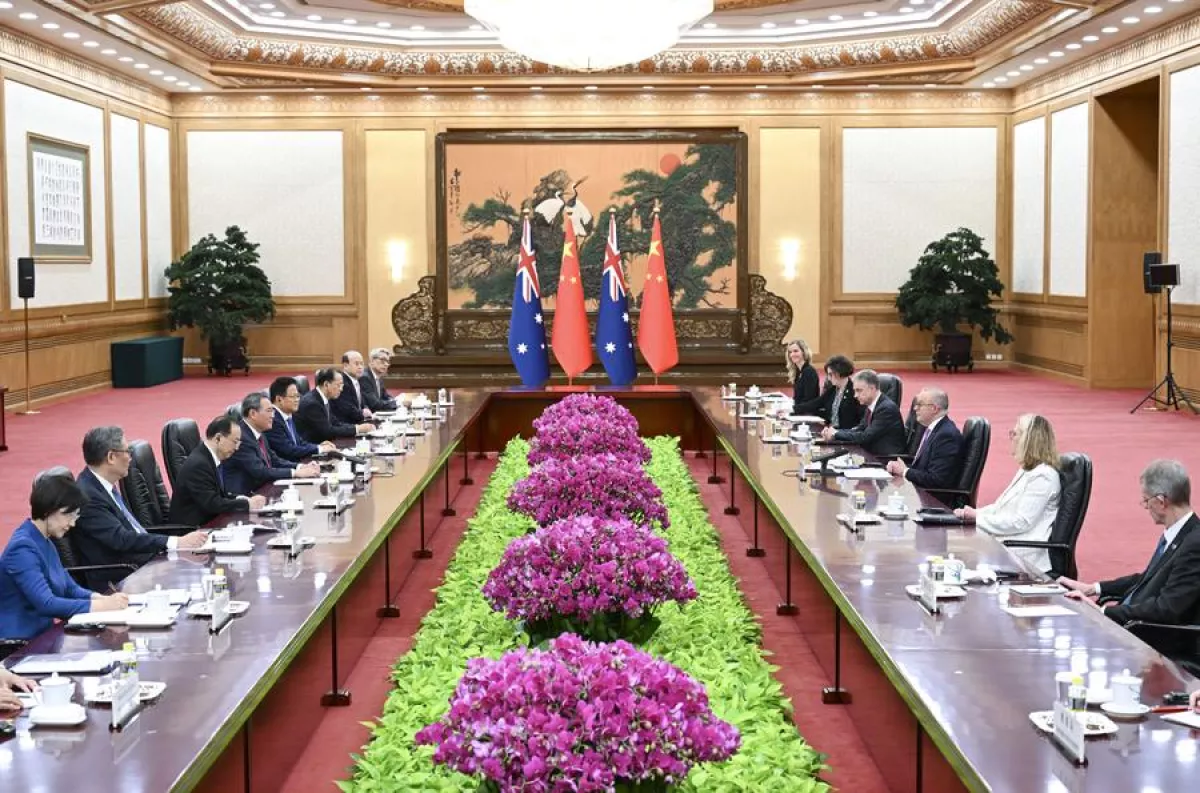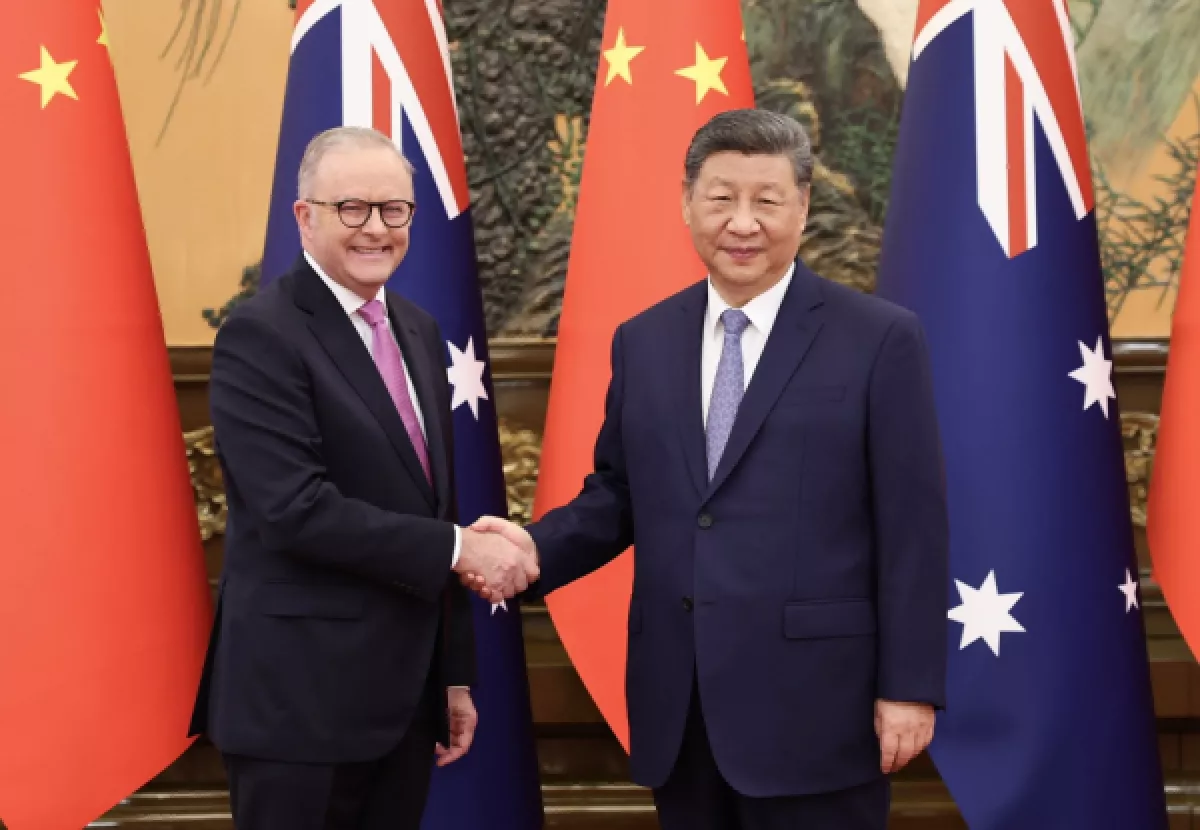Australia caught between AUKUS submarine deal and Chinese trade ties
The world has recently been undergoing a remarkable number of geopolitical shifts. The collapse of seemingly stable global connections is giving way to the rapid formation of new tandems, trilateral partnerships, and other alliances. In this context, analysts are increasingly asking: where will Australia stand geopolitically in the emerging new world order taking shape before our eyes?
This trajectory is far from straightforward — especially considering that since 2021, Australia has been part of the AUKUS alliance alongside the United States and the United Kingdom. This bloc was originally conceived as a counterweight to a rising China, primarily in the South China Sea region.

A key element for Australia within this trilateral alliance has been its intention to develop a fleet of nuclear-powered submarines equipped with conventional weapons.
This very aspect has become a stumbling block in the development of the bloc, particularly through the lens of U.S.–Australia relations, tensions in which had already surfaced earlier.
In early May 2025, in response to U.S. trade tariffs that Canberra considered unfounded and unfair, the Australian authorities announced their intention to diversify exports, including strengthening trade ties with China. This move was further justified by the fact that, as noted, trade barriers between the two countries worth nearly $13 billion had been eliminated in recent years.
Moreover, by the end of 2024, Australia’s trade turnover with China had reached nearly $315 billion.
Then, in June 2025, it emerged that the U.S. administration had begun a formal review of the terms of the AUKUS pact. The topic resurfaced just days ago when the British newspaper The Guardian published a report highlighting disagreements within the U.S. military leadership over the implementation of the previously agreed $360 billion submarine deal with Canberra.
The article noted that the agreement’s execution could be delayed by several months.
Whether the timing of this publication — coming just ahead of the Australian Prime Minister’s visit to China — is a coincidence or a deliberate move is, of course, for the reader to decide.

For our part, let us note one more fact: almost simultaneously, another reputable British publication, The Financial Times, reported that the Pentagon is pressuring Australia, insisting that Canberra clearly define its position in the event of a potential U.S.–China “war over Taiwan.”
In response, Australia’s Department of Defence Industry unequivocally stated that the decision to send troops to any potential conflict is not made in advance but only when it is genuinely necessary. As the statement emphasised, “Australia places its sovereignty above all else.”
According to Chinese sources, during talks with Chinese President Xi Jinping, Australian Prime Minister Anthony Albanese reaffirmed Canberra’s commitment to the “One China” policy and its non-recognition of “Taiwanese independence,” while stressing that China’s development is an important factor for Australia itself. He noted that the country is ready to work together with China to ensure greater stability and predictability for the international community.
In turn, Xi Jinping, highlighting the positive shift in bilateral relations in recent years, described the greatest achievement as the mutual recognition of each other as equal partners. Despite remaining differences, he said, the search for common ground and engagement in mutually beneficial cooperation align with the core interests of both sides.
The Chinese leader also underscored the importance of jointly addressing today’s global challenges — through upholding international justice, defending the principles of multilateralism, and promoting free trade.

In this context, the signing of a memorandum of understanding between the two sides on the implementation and revision of the free trade agreement appears to be a logical step.
In parallel with this document, during the 8th China-Australia CEO Roundtable, Chinese Premier Li Qiang emphasised the importance of bilateral cooperation in liberalising and streamlining trade and investment procedures aimed at creating strong development synergies.
Australian Prime Minister Anthony Albanese, in turn, noted the sharp increase in enthusiasm among business circles in both countries regarding the expansion of cooperation.
There is no doubt that Washington is closely monitoring the Australian Prime Minister’s visit to China.
According to several experts, the direction and outcomes of this trip will be crucial in shaping the White House’s next steps towards Canberra. In this regard, some analysts argue that a “green light” for the submarine deal will only be given if the United States has complete confidence in Australia’s unequivocal loyalty in the event of a large-scale confrontation with China — including the possibility of a military escalation.








